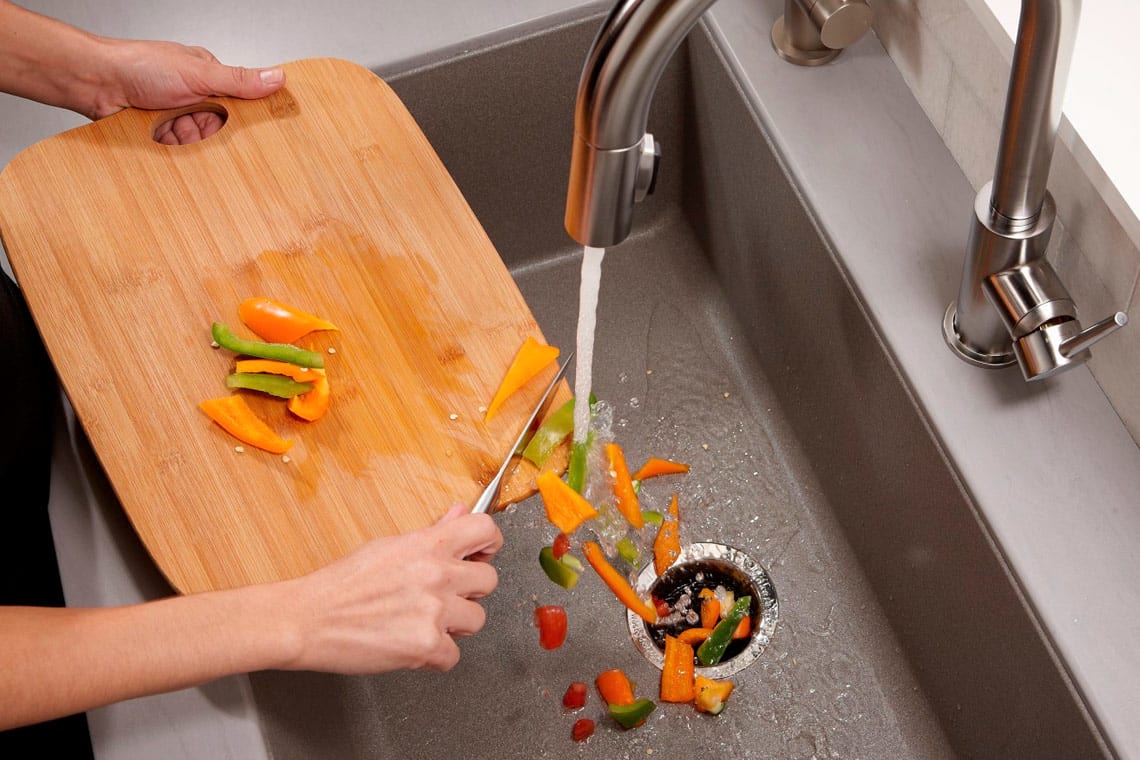One of the handiest kitchen gadgets you can get is also one of the least expensive and least obtrusive. The garbage disposal is neatly concealed in your sink drain, but the little powerhouse serves many purposes: it cuts down on trash, improves the sanitary conditions of your home, and makes food disposal easy, neat, and odorless. Plus, garbage disposals are environmentally responsible; they can help reduce greenhouse gas emissions and allow food waste to be recycled as fertilizers or produce methane, a renewable source of power for wastewater treatment plants.

Garbage disposals can also be pretty finicky, but when you take care of one properly, it’ll take care of you!
Do
- Clean it regularly; ice cubes, especially when made of natural cleaners and deodorizers like lemon juice or vinegar, help degunk and sharpen the blades
- Toss in lemon or orange slices or rinds occasionally; they freshen the disposer
- Run the garbage disposal with cold water only; if there’s residual fat or grease in it, cold water will allow it to harden and then chop it up, as opposed to hot water which will make the fat accumulate in the unit or the pipes
- Get a nice switch or button to operate it when possible – you can avoid an awkwardly-placed or ugly standard switch
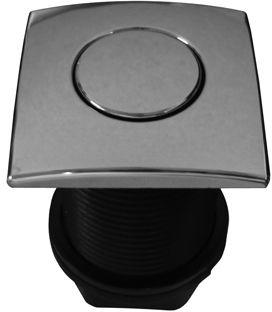
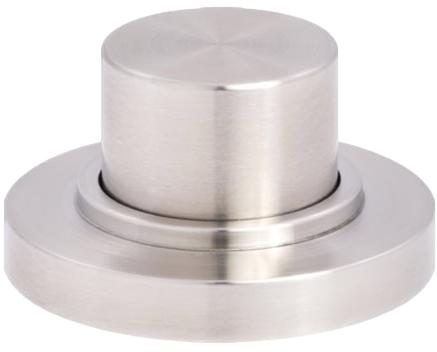
- ALWAYS unplug the unit before reaching in to retrieve objects and wear gloves to protect your fingers from the blades
- Choose the right power for your usage; a minimum of 1/2 horsepower is recommended for most households, but 3/4 or 1 horsepower (or more) is better for heavier use
- Cover the opening when not in use (so you don’t risk a finger or three digging out that teaspoon); try a basket strainer or a stopper
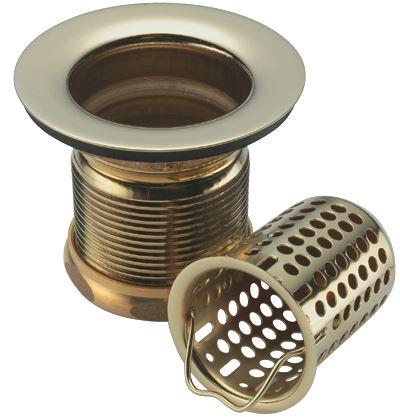
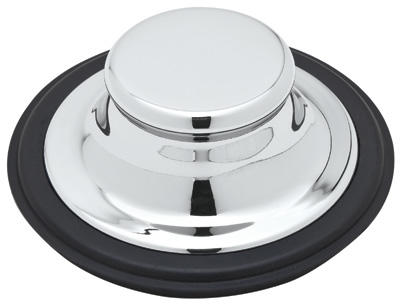
Don’t
- Put anything non-edible or combustible into the unit (glass, china, plastic, metal, and cigarette butts are the biggest no-nos, but any non-edible substance should never go into the disposer)
- Pour grease, oil, or fat into the unit
- Overload the disposer; put in small amounts of food at a time rather than trying to jam in larger quantities or items
- Grind these food items:
- large bones; smaller or soft chicken or fish bones are fine and will even scour the unit
- fibrous, stringy, or starchy vegetables and fruits (asparagus, bananas celery, onion skins, artichokes, corn husks, potato peels) – fibers will tangle and starches will become pasty and sticky
- expandable foods (pasta, rice); they’ll clog the pipes
- coffee grounds (they may smell good, but they’ll clog the pipes – small amounts are okay)
- egg shells; the membranes will cling to the blades
- large fruit pits (peaches, plums) – small pits are fine and can sharpen the blades
- Use bleach or other harsh cleaners, which dull the blades
- Turn off the water until grinding is complete; leave (cold) water running for at least 15 seconds after turning off the disposer
Go for that garbage disposal! Follow these guidelines and you’ll enjoy efficient, effective use for the life of your unit.

